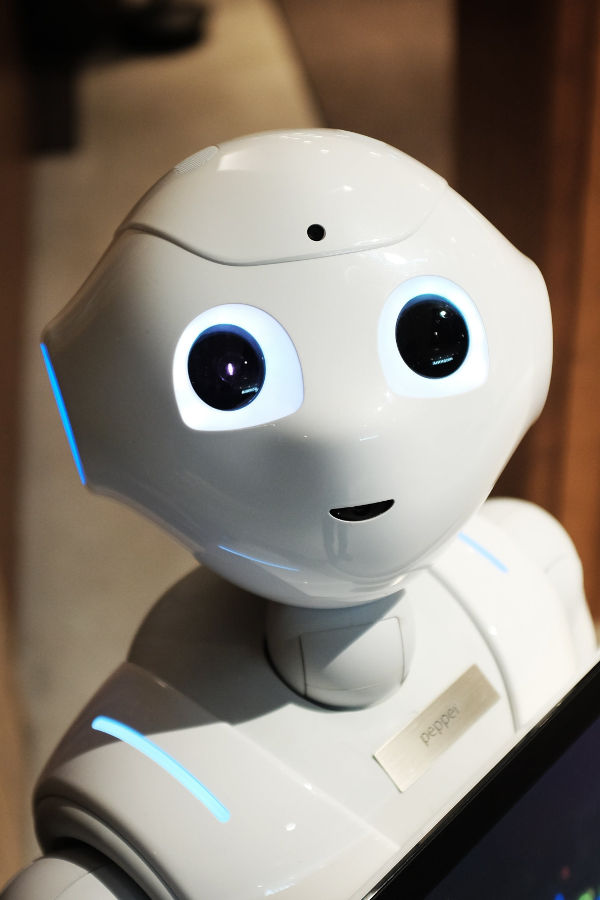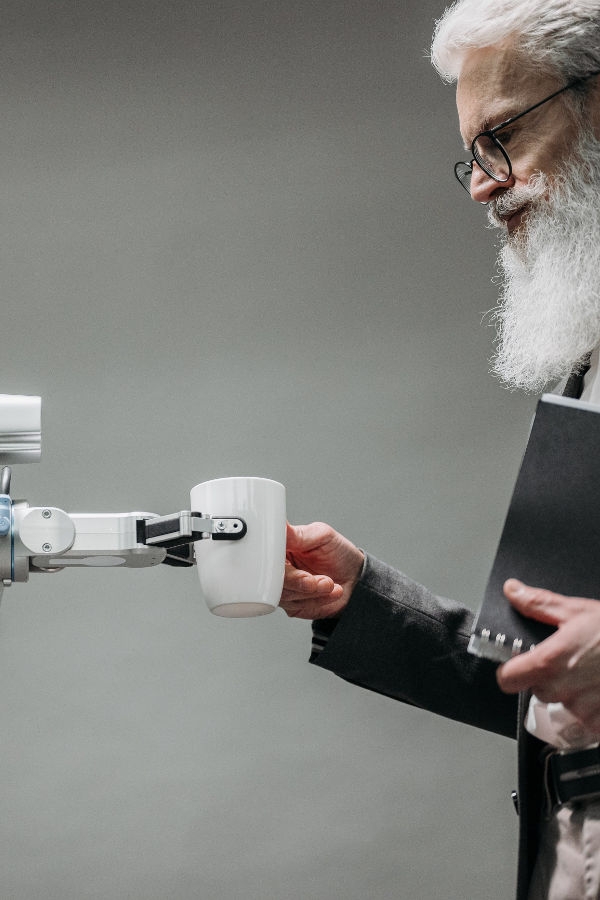Você pode se inscrever em nossos cursos on-line a qualquer momento:
- Entre em contato conosco via chat neste site para pré-acordar uma data de início planejada de suas aulas para um curso on-line específico.
- Imediatamente após o acordo prévio faça a compra de cursos on-line específicos acordados.
- Após a sua compra, agendaremos o início de suas aulas conforme previamente acordado e lhe daremos todas as instruções necessárias.
Refer to "Purchases and Payments" section (link) of the "Terms and Conditions" (link).
Atualizando conhecimentos e habilidades:
Se a atualização for solicitada, assumimos que você já tem um bom entendimento do assunto em questão e se concentrará em atualizar seus conhecimentos o mais rápido possível. Você receberá instruções iguais ou mais concisas e exercícios menos demorados, mas mais avançados. Isso permitirá que você prossiga em um ritmo mais rápido e, portanto, é recomendado quando há prazos apertados.
Aprenda com o tutor pessoal:
Se o aprendizado com o tutor pessoal for solicitado, garantimos que o mesmo tutor dedicado monitorará de perto seu progresso no curso on-line especificado ou cursos para os quais o tutor pessoal foi solicitado. Isso proporciona uma tutoria mais precisa, específica para o aluno, altamente personalizada: instrução, motivação, esclarecimento de conceitos e auxílio para reforçar a aprendizagem. No entanto, a tutoria pessoal pode prosseguir em um ritmo mais lento devido aos desafios de agendamento que enfrentamos na época e, portanto, é recomendada apenas quando não há prazos apertados.




